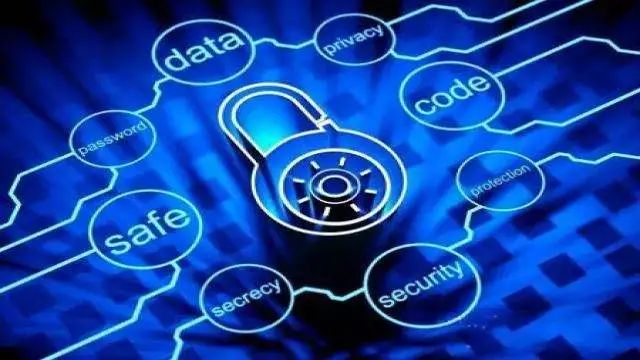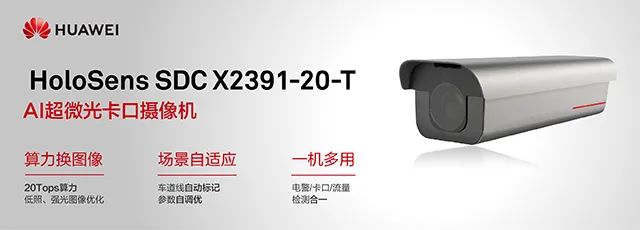
Real-time insights into building operations are your most important competitive advantage in facilities management. The more data you have at your disposal, the better your chances of reducing costs while enhancing tenant satisfaction and efficiency.
To gain these insights, IoT technology is essential. IoT sensors come in various shapes and sizes, allowing data collection from almost anywhere. In this article, we will explore some refreshing use cases for IoT sensors.
Space Occupancy
As discussed in our previous article, in a typical building, 50% of allocated offices are underutilized, meeting rooms with a capacity of more than 8 people have 50% of their seats vacant, and 40% of reserved meeting rooms go unused.
With sensors, you can ensure effective use of office space. Proximity sensors can measure how many times a door is opened, helping you determine the frequency of meeting room usage. Temperature sensors can be installed on desks or chairs to monitor when they are used and how often. Similarly, you can track how many people are in a meeting room at any given time.

What Can IoT Sensors Measure in Buildings?
Over time, the data collected will provide you with valuable insights into how people use the spaces within and around buildings, enabling you to make better space utilization decisions.
For instance, if you notice that several conference rooms designed for 10 people are often used by 4 or fewer individuals, you can convert one conference room into two smaller ones.
Safety
Tenant safety is a top priority for any facilities manager. As the saying goes, where there’s smoke, there’s fire, but what if you could extinguish the fire before it starts?
By equipping electrical devices with sensors, you can monitor their heat levels and prevent fires. Sensors can also verify whether fire doors are functioning as intended and ensure compliance with fire extinguisher regulations.
Doors and windows can also lead to accidents and injuries. Open windows may cause individuals to fall, and if doors leading to hazards or electrical equipment are opened, unfortunate events may occur. Placing sensors on the doors and windows of a building allows you to know in real-time when they are opened or closed. If a window that shouldn’t be opened is opened, you will receive timely alerts.
If you have confidential information, security keys, or valuables in your drawers or cabinets, the same sensors can alert you when they are accessed. Theft protection has never been easier!
Leaks
Even small leaks can waste water and lead to thousands of dollars in damage from flooding and mold. Worse, if someone slips and injures themselves due to a leak in the building, you could face expensive lawsuits.
To address issues before they cause damage, quickly identifying leaks is crucial. Water sensors can help you detect high water levels or leaks immediately, while humidity sensors can measure relative humidity. In other words, placing them in areas prone to leaks or flooding can prevent losses.
Measuring Tenant Satisfaction
You may have seen smiley face feedback stations at airports, restaurants, and service centers. You can also implement a similar system to gather satisfaction data from building tenants.
Sensors can be used for this specific purpose. By using touch sensors, building tenants can provide feedback about their experiences. This will give you information to understand what tenants are satisfied with and where improvements are needed, such as whether tenants find the indoor temperature too hot or too cold. Use this insight to improve tenant satisfaction and reduce tenant turnover.
Energy Consumption
Are you spending unnecessary money on energy? Did you know that by implementing sensor technology, you will gain a comprehensive understanding of where and when energy is used? By combining space occupancy data, you can use HVAC and lighting more efficiently based on occupancy and demand.
Equipment Status
By equipping devices with smart sensors, you can gain real-time insights into their health. Sensors can be placed on equipment to monitor thermal signals, establish baseline performance, and indicate when thresholds are exceeded. If a device is operating abnormally, you can schedule maintenance accordingly to prevent failures.
Since smart sensors can monitor buildings remotely, there’s no need for on-site visits to access this data.
These are just a few ways you can utilize IoT sensors in buildings. The best part is that you don’t have to replace existing equipment to deploy IoT sensors. Digitally transforming your building is a cost-effective way to bring it into the 21st century and support remote monitoring and predictive maintenance.
Source: IoT Home Network

